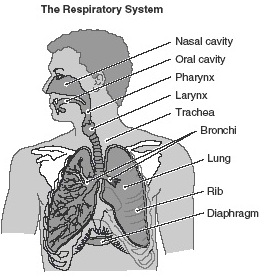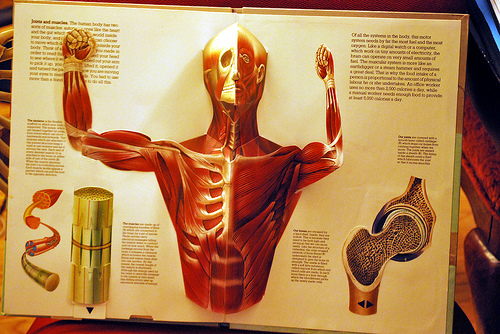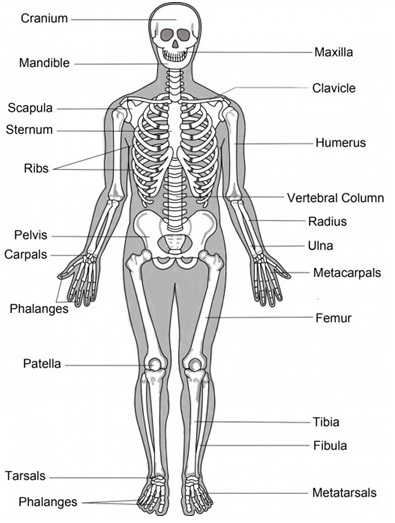Difference between Biotic and Abiotic Factors
Abiotic factors refer to non-living physical and chemical elements in the ecosystem. Abiotic resources are usually obtained from the lithosphere, atmosphere, and hydrosphere. Examples of abiotic factors are water, air, soil, sunlight, and minerals. Biotic factors are living or once-living organisms in the ecosystem. These are obtained from the biosphere and are capable of reproduction. […]
Difference between Biotic and Abiotic Factors Read More »






